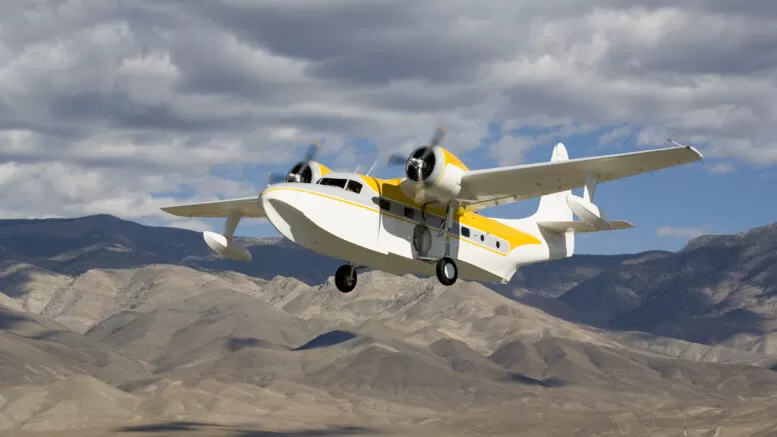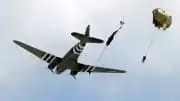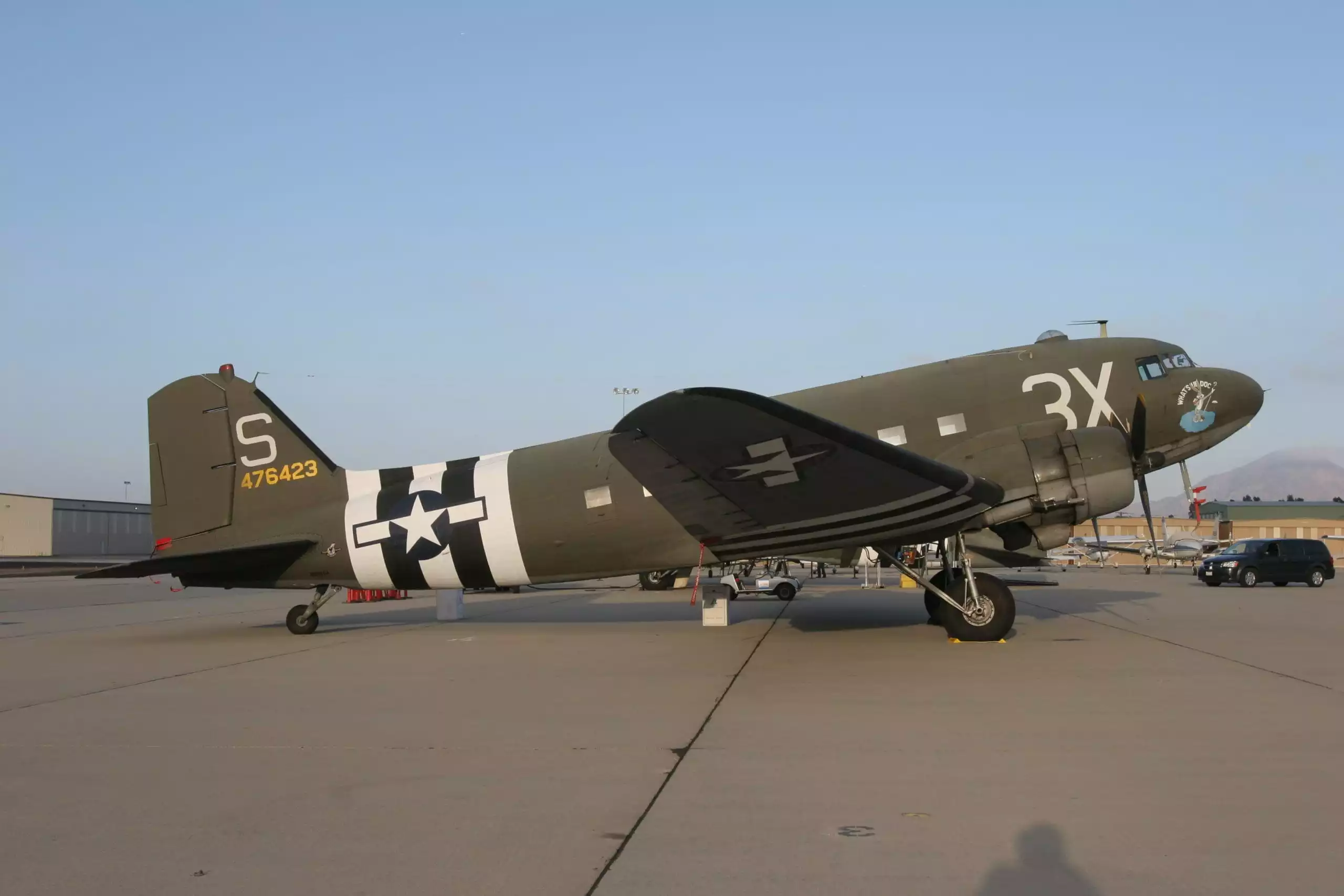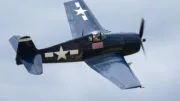Grumman amphibious airplanes are among the most iconic flying boats in aviation history, blending the practicality of land and sea travel with rugged military and civilian performance. For decades, these unique aircraft symbolized engineering excellence, supporting missions in remote corners of the globe and thrilling aviation enthusiasts with their distinct profiles.
This article explores the history, models, and legacy of Grumman amphibious airplanes.
Grumman Amphibious Airplanes
Grumman amphibious airplanes have played a vital role in aviation for over 80 years, admired for their durable construction and innovative amphibious capabilities. These aircraft were designed to take off and land on both land and water, making them ideal for military missions, coastal patrols, and civilian travel in hard-to-reach areas.
Grumman, a leader in aerospace innovation, developed several amphibious models that combined reliability, adaptability, and style. From wartime reconnaissance to postwar luxury transport, their planes delivered unmatched versatility.
Today, restored models remain a centerpiece at airshows and aviation museums, continuing to inspire admiration. Here’s a look at the origins and impact of Grumman amphibious airplanes:
Introduction to Grumman Amphibious Airplanes
Grumman amphibious airplanes were developed at a time when the need for versatile, rugged aircraft was paramount. The ability to operate from water and land gave these planes a tactical edge, especially in wartime and island regions.
Their construction typically featured all-metal fuselages, folding wings, and powerful radial engines, which made them durable and easy to maintain. Over time, these amphibious aircraft evolved from strictly military tools into civilian workhorses and even executive transports.
The allure of these aircraft lies in their graceful design paired with utilitarian function. They remain a staple of aviation heritage, celebrated by historians and aircraft restorers alike.
The Origins of Grumman’s Amphibious Designs
The origins of Grumman amphibious airplanes can be traced back to the early 1930s, when the Grumman Aircraft Engineering Corporation, now known as Northrop Grumman, began developing aircraft for the U.S. Navy. Recognizing the strategic advantage of water-landing aircraft, the company designed planes that could reach ships, isolated islands, or water-bound locations without needing runways.
Their first amphibious success was the JF Duck, an innovative biplane that marked the beginning of Grumman’s reputation in this field. World War II accelerated demand, and the company’s focus on amphibious aircraft expanded.
These early designs laid the foundation for more sophisticated models, demonstrating Grumman’s forward-thinking approach to multipurpose aviation. With each new aircraft, the company refined its vision of amphibious versatility.
Key Models in Grumman’s Amphibious Lineup
Several standout models defined the Grumman amphibious airplanes’ legacy. The Grumman Duck, Widgeon, and Mallard each served distinct roles while maintaining the amphibious DNA that set them apart.
The Widgeon, introduced in the early 1940s, became a favorite for both military and civilian operators due to its compact size and seaworthiness.
The larger Mallard followed, offering more passenger space and range for post-war commercial use.
Meanwhile, the Duck filled vital utility roles during the war, such as search and rescue and mail delivery to naval ships.
Each of these aircraft carried the hallmark Grumman qualities—sturdy construction, reliable performance, and amphibious functionality. Their enduring popularity proves how effectively they served their missions.
The Grumman Widgeon
The Grumman Widgeon was a compact, twin-engine amphibious aircraft that first flew in 1940. Originally designed for civilian use, it was quickly adapted by the U.S. Navy and Coast Guard during World War II.
Its short takeoff and landing capabilities and nimble handling made it a valuable asset in scouting, patrol, and transport roles. Post-war, the Widgeon returned to civilian hands, where it gained popularity among bush pilots, island hoppers, and private owners who appreciated its utility and charm.
With a range of about 800 miles and seating for five to six passengers, the Widgeon offered practical travel with a touch of adventure. Today, it remains one of the most recognized Grumman amphibious airplanes among collectors and pilots alike.
The Grumman Mallard
Introduced in 1946, the Grumman Mallard was a larger, more refined version of the Widgeon, aimed at executive and commercial markets.
With a longer fuselage, retractable landing gear, and a comfortable cabin, the Mallard was the epitome of postwar luxury in amphibious travel. It could carry up to 10 passengers and had a range of over 1,000 miles, making it ideal for inter-island service in places like the Caribbean or Alaska. Over the decades, many Mallards were retrofitted with turboprop engines, extending their operational life and increasing reliability.
The Mallard represented the golden age of Grumman amphibious airplanes, showcasing how amphibians could blend utility with upscale travel. Its sleek design and powerful presence still draw attention at aviation events worldwide.
The Grumman Duck
The Grumman Duck, officially designated JF and later J2F, was one of the earliest successful amphibious biplanes built for the U.S. Navy.
It was a single-engine, utility aircraft designed for short-haul missions including reconnaissance, rescue, and mail transport. Its unique design combined the functions of a seaplane and landplane, with its landing gear cleverly retracting into its boat-like fuselage.
The Duck earned a reputation for toughness during World War II, operating in rugged conditions across the Pacific and Atlantic.
While not as sleek as later models, it was an essential foundation for Grumman’s future amphibious success. Few Grumman amphibious airplanes evoke such nostalgia and admiration as the rugged, dependable Duck.
Buy Airshow Tickets To See Historic Planes Like Grumman Amphibious Aircraft
Looking for an unforgettable aviation experience? Wings Over Camarillo brings together vintage warbirds, aerobatic performances, and aviation history for an exciting weekend the whole family can enjoy.
Secure your tickets today and immerse yourself in a world of legendary aircraft, passionate pilots, and rare flying machines—possibly even Grumman amphibious airplanes.
Conclusion
Grumman amphibious airplanes represent a legacy of innovation, utility, and timeless design in both military and civilian aviation. From the versatile Duck to the elegant Mallard, these aircraft proved that one plane could conquer both land and sea.
Whether preserved in museums or soaring through the skies at events like Wings Over Camarillo, Grumman amphibious airplanes continue to capture imaginations and remind us of an era when flight had no limits.
Ready to Soar with Us?





